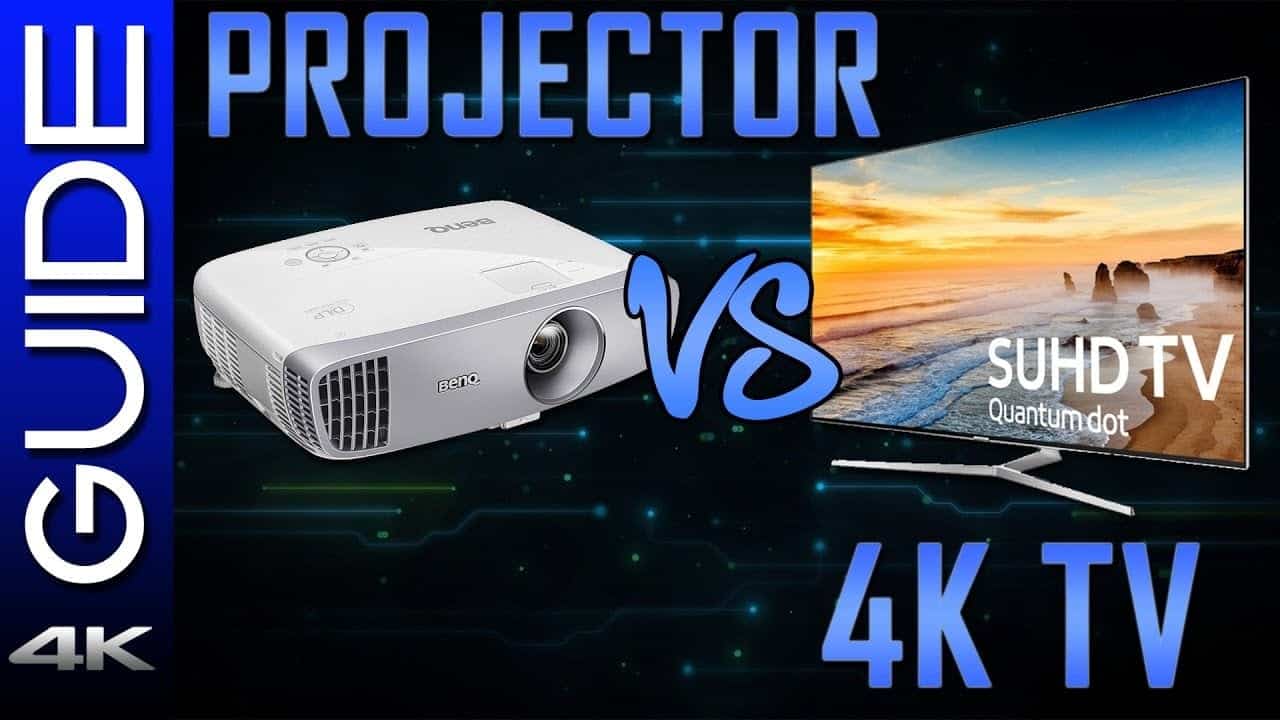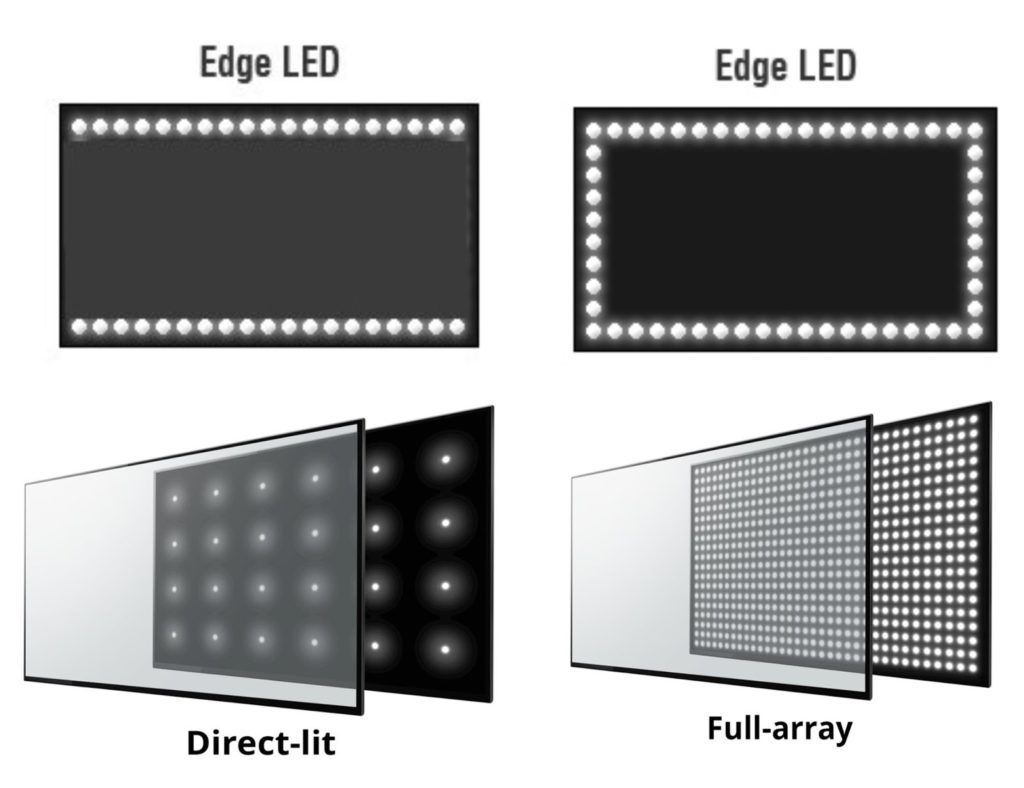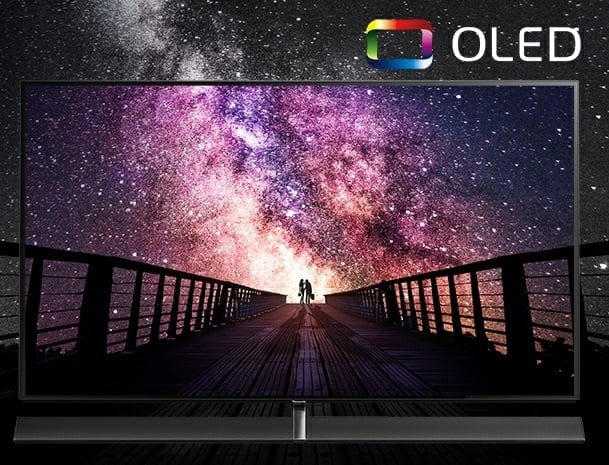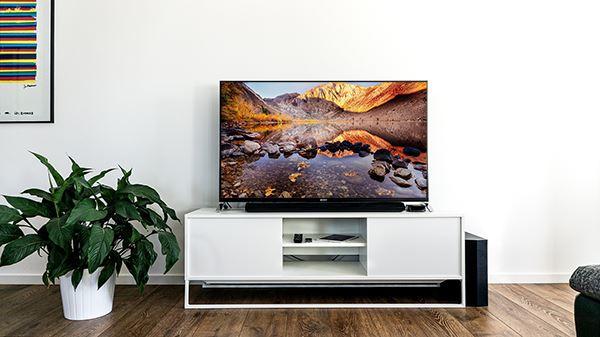With four times the detail of high-definition television, 4K Ultra HD is starting to become more widely available. But is it worth buying a 4K TV? The number of 4K movies and programs that you can watch in high definition is always on the rise and if you are going to buy a new TV it should definitely be a 4K TV.
Page Contents:
You’ll also see names like Ultra HD, UHD and even 4K Ultra HD that are advertised, but they all refer to the same thing. This is a TV with a resolution of 3,840 x 2,160 pixels, more than 8m pixels in total, which is four times the number in Full HD (1,920 x 1,080).
What is 4K?
4K, also known as Ultra HD, refers to a TV resolution of 3,840 x 2,160 pixels. They are four times more pixels than a full HD TV, for a total of about 8.3 million pixels. Having so many pixels means greater pixel density and you should have a clearer and better-defined image. It’s not necessarily about sharpness, but about passing more details and textures.
What is the difference between 4K and Ultra HD?
4K is more commonly used, but you’ll also find people who call it Ultra HD or UHD. For the average consumer who buys a TV, these are the same thing. But there is a small difference.
In its proper use, true 4K refers to a resolution of 4096 x 2160, first introduced in digital cinemas. UHD refers to a resolution of 3840 x 2160, which is the resolution you actually get on the TVs you take home.
So technically, 4K is the wrong term for displays and 3840 x 2160 contents, but it is said so often that two terms are interchangeable.
What does a 4K TV offer?
Simply put, 4K resolution adds better definition and clarity. The result is images that look realistic, closer to looking through a window than watching TV.
4K TV is particularly effective on very large screens, so ideally you are happy with a 55-inch or even larger TV. The effect is more evident if you switch to 4K from a television of the same size.
Let’s say you have a 50-inch HD TV and upgrade to 4K- you’re filling four times the number of pixels in the same amount of space and this makes a noticeably denser image with finer details.
8K has been released on the market, although it is still in its infancy there are 8K TVs available for purchase. They are, however, expensive and will need a screen of at least 65 inches to get the best from them. At the moment there are no native contents in 8K or few.
What’s so special about a 4K TV?
Watching 4K TV at its best, you will see everything on the screen with crystal clear clarity and lavish details. There is a level of detail and depth that HD TVs can’t reach – sometimes it feels almost 3D. All the big brands, including Samsung, Panasonic, LG, and Sony, now have a wide range of 4K TVs, from entry-level models to monster TVs that cost many thousands of euros.
You’ll generally find that 4K TVs are models with a large screen of 40 inches or more. This is because to really appreciate the superior image quality you need to watch it on a large TV, as it is rather lost on a small screen.
Should I buy a 4K TV?
Since most TVs released by large manufacturers are 4K, they tend to release good quality devices, while Full HD is generally only available on cheap TVs. Moreover, the prices of 4K TVs continue to fall, so if you are looking for a new TV, we recommend that you buy one with a 4K display.
But with the HD that still excels with most of the content available for viewing, if you have an HD TV you’re happy with, you shouldn’t feel the need to rush to replace it. That said, our tests have found that 4K TVs are better than HD and Full HD.
A new technology is emerging that can compress the enormous amount of data involved in the 4K format into forms that are easier to distribute not only on television but also on Blu-ray discs and on the Internet.
Although HD TV has taken over a decade to become mainstream after the first HD TVs launched in 1998, we don’t think it will take that long for 4K ultra HD. Surely you won’t throw your money away by choosing a 4K TV that costs a lot, but keep in mind that there aren’t many 4K contents yet.







